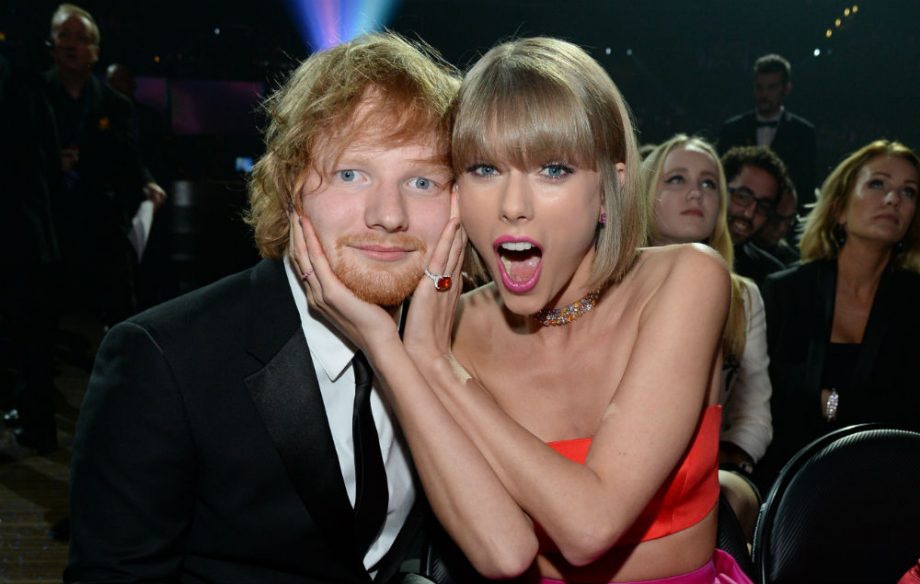Taylor Swift and Ed Sheeran have data-driven prices; understanding your audience as road to success
What do Ed Sheeran and Taylor Swift have in common? Beyond breakup ballads and impressive collections of musical accolades and exes, Sheeran and Swift dominated the charts for gross revenue from tours in 2018 (More precisely, Sheeran has broken records for the highest-grossing tour of all time), collectively taking in 1 in every 7 dollars spent on the top 100 tours of 2018. Even more surprising is how they were able to achieve this. Sheeran did away with VIP and meet and greet packages, selling tickets at prices below what is considered average for a worldwide pop tour, and performing at many smaller, more intimate venues. By contrast, Swift hiked prices significantly, to be one of the most expensive tours of 2018 and performed only at large-capacity stadiums.
Though the two stars took different paths to their record breaking numbers, they both have one striking similarity: The use of data-driven pricing strategies to identify fans, adjust prices to market demand, and squeeze out the secondary market.
Ed Sheeran’s ticket sales chart — “I’m in love with the shape of you”
Ed Sheeran’s massive Divide tour spanned two years and 258 shows across six continents, becoming the highest grossing and highest ticket sales for a tour ever with $776 million in revenue and nearly 9 million tickets sold. Despite these record shattering numbers, the average ticket price for Divide was only $86, below average for worldwide tours and coming in last in average ticket price for the top ten grossing tours of 2018.

Much of the tour was also spent in smaller venues and in cities not typically frequented by pop stars. A major innovation of his tour was the heavy use of Spotify listener data (It helps that Sheeran is also the most-streamed artist on Spotify) to identify where fans are, then sell tickets at prices tailored for that market. These tactics, along with other anti-scalping measures, are believed to have minimized ticket sales on secondary markets. Sheeran demonstrated that it’s possible to strategically lower prices and ultimately generate much more money. After so much success, he can look back at his sales charts and say “I’m in love with the shape of you.”
Taylor Swift to ticket scalpers: “Look what you made me do”
While Sheeran broke records with lower prices, Swift changed the tour game in a different way. Her 2018 Reputation tour raised prices significantly with tickets sold at an average of $119, one of the most expensive tours of the year. This was also Swift’s first all-stadium tour, meaning she completely eschewed performances at smaller venues. She also introduced a dynamic pricing system similar to airlines, which sometimes drove ticket prices to change by hundreds of dollars over the booking period. Despite criticism that her shows were dotted with blank space, she was able to easily shake it off after bringing in 40% more money on her Reputation tour than 1989 in 2014, and breaking the gross revenue record for any North American tour.
Why doesn’t Taylor care about having a sold out show, and how did that actually lead to more money?
The answer lies in the secondary market. I previously wrote about how on average, the listing price of a concert ticket on Stubhub or SeatGeek in the United States was 2.5x that of its original selling price. Concert promoters potentially have significant room to increase prices, and Taylor Swift seems to have noticed. By starting tickets at higher prices, Swift made the business of ticket scalpers less attractive and instead took their profits for her own. While a pop artist might find up to half of her tour tickets ending up on sites like StubHub and ViaGoGo, Ticketmaster estimates that less than 3% of Reputation tickets ended up on the secondary market.

Based on my own research, by charging higher prices, Swift captured an additional $1–3 million per show that would have otherwise gone to ticket scalpers. Higher prices may have left a few seats unsold, but that doesn’t compare to the money normally lost to the secondary market.
By now you should be convinced of the power of pricing when it comes to ticketing. Ed Sheeran and Taylor Swift both command impressive pop fandoms yet pursued oppossing data-backed dynamic pricing strategies in order to eliminate scalpers and find fans, producing record-breaking results. Event managers should take note and dance to the new tune.
. . .
th!nkpricing is a brand of Smart Pricer. We are making professional pricing accessible to everyone by offering a platform to understand, simulate, and optimize your pricing with machine learning-driven algorithms and advanced demand prediction.
Want to stay in the loop and become a #pricinghero? Subscribe to our thinkpricing newsletter to not miss any upcoming blog posts.

